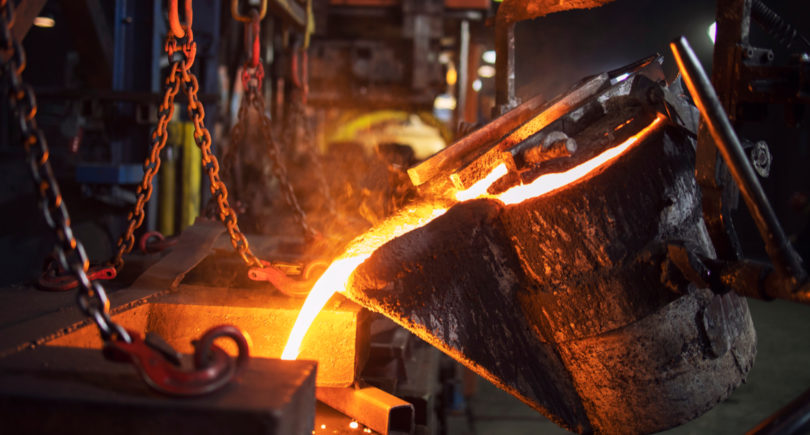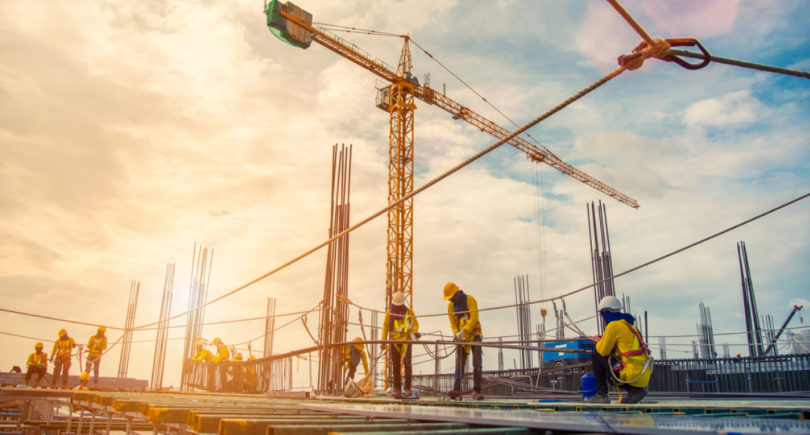
News Global Market Russia 1240 28 November 2022
Steel production in the Russian Federation will decrease by 6–8% y/y in 2022
According to forecasts of the Russian Ministry of Industry and Trade, steel production in the Russian Federation will decrease by 6-8% y/y in 2022. At the same time, it is expected that export volumes next year will remain at the level of 2022. Deputy Minister of Industry and Trade Viktor Yevtukhov announced this to the Russian mass media.
According to him, the Russian export of steel products does not need state support, as diversification has taken place both in the domestic market and in export directions. Steel enterprises of this country are also reorienting themselves from “unfriendly countries” to the domestic market.
In addition, a new Russian steelmaking strategy until 2030 has been submitted for government approval. The document is likely to be approved in 2023, but it may happen before the end of this year.
At the same time, analysts of the investment bank BCS Global Markets (BCS GM) previously stated that the export of steel and iron ore is unprofitable for almost all Russian steel companies. In addition to sanctions, the profitability of the export of steel products and raw materials is affected by expensive logistics and the strengthening of the ruble. Only NLMK shows a positive export margin thanks to the continuation of deliveries of steel semi-finished products to the European market.
“The EU currently has sanctions on ready-made rolled products from Russia. These products are subject to quotas, and therefore due to their redistribution among other countries, it was possible to stop imports from Russia. At the same time, Russian steel companies continue to freely supply steel semi-finished products, pig iron, and iron ore to the EU. If the import of semi-finished products is planned to be limited gradually, up to a complete ban within the framework of sanctions, there are no similar plans for pig iron and iron ore. Moreover, we see that the sanctions imposed on individual companies are not effective. In particular, Metaloinvest, against which owner the European Union imposed sanctions, continues to export its products to European countries,” noted GMK Center analyst Andriy Glushchenko.
It was also noted, that the largest Russian steel companies stopped publishing interim financial results, and it is not known whether the final results for 2022 will be published.
WorldSteel noted, that at the beginning of the full-scale invasion of the Russian Federation into Ukraine, it was expected that Russia’s demand for steel in 2022 would decrease by 20% compared to the previous year. However, high oil prices and measures of state support for construction led to a revision of the forecast – currently it is said that it will decrease by 6% at the end of the year, but in 2023 it will decrease by 10%, as sanctions will increase.
As GMK Center reported earlier, in the first half of 2022, Turkiye, China and the EU increased imports of iron and steel from Russia. The most demanded Russian goods are pig iron and steel semi-finished products.




